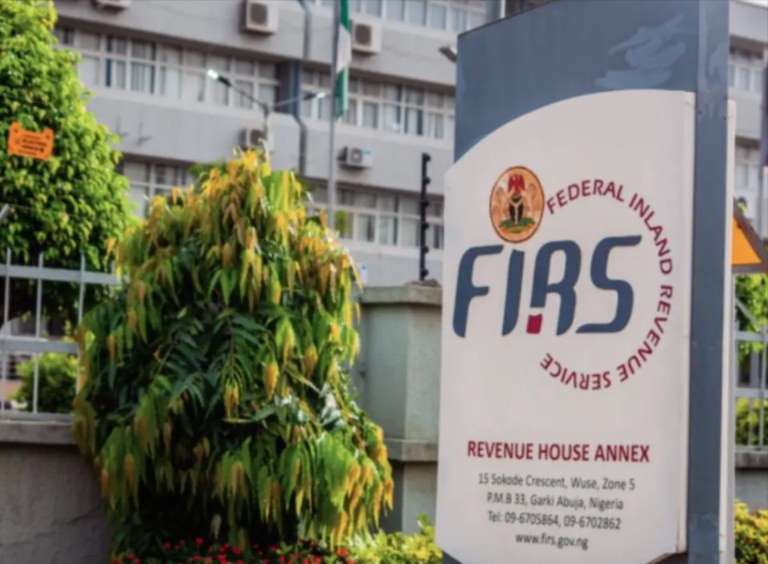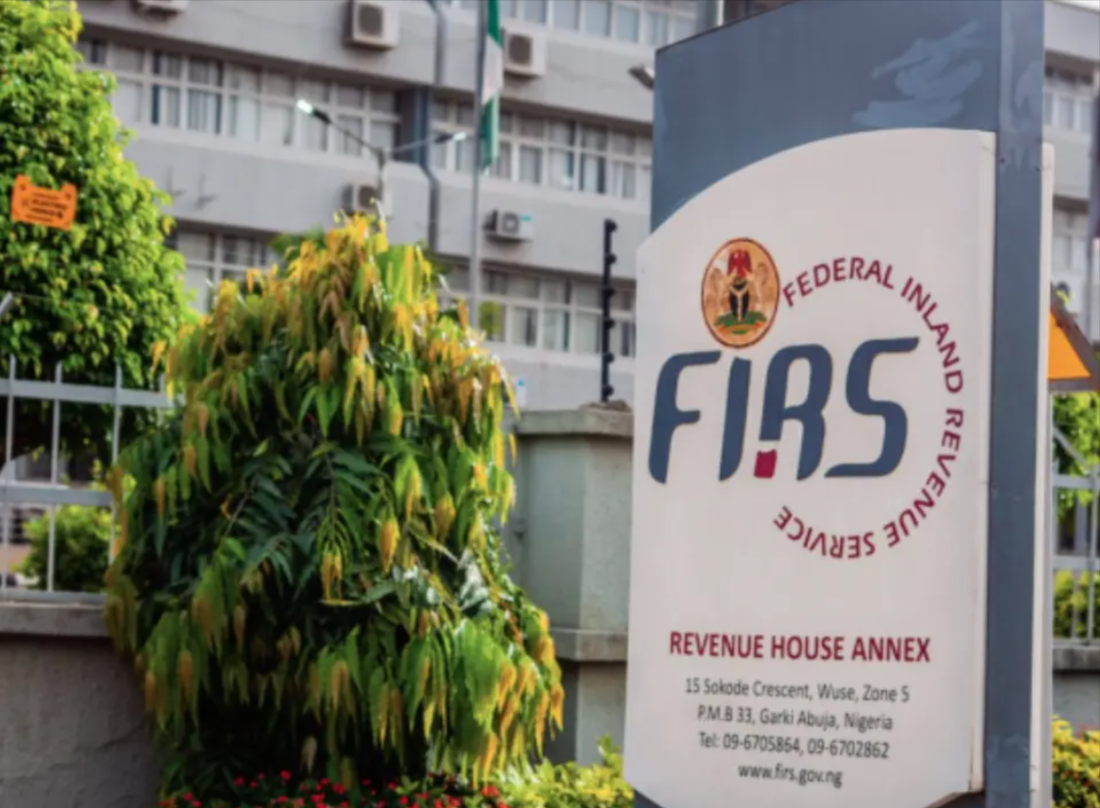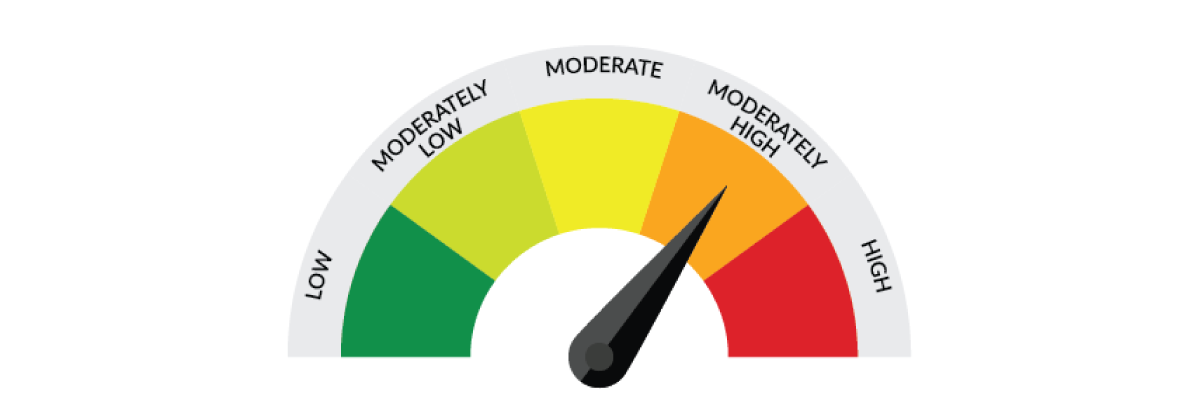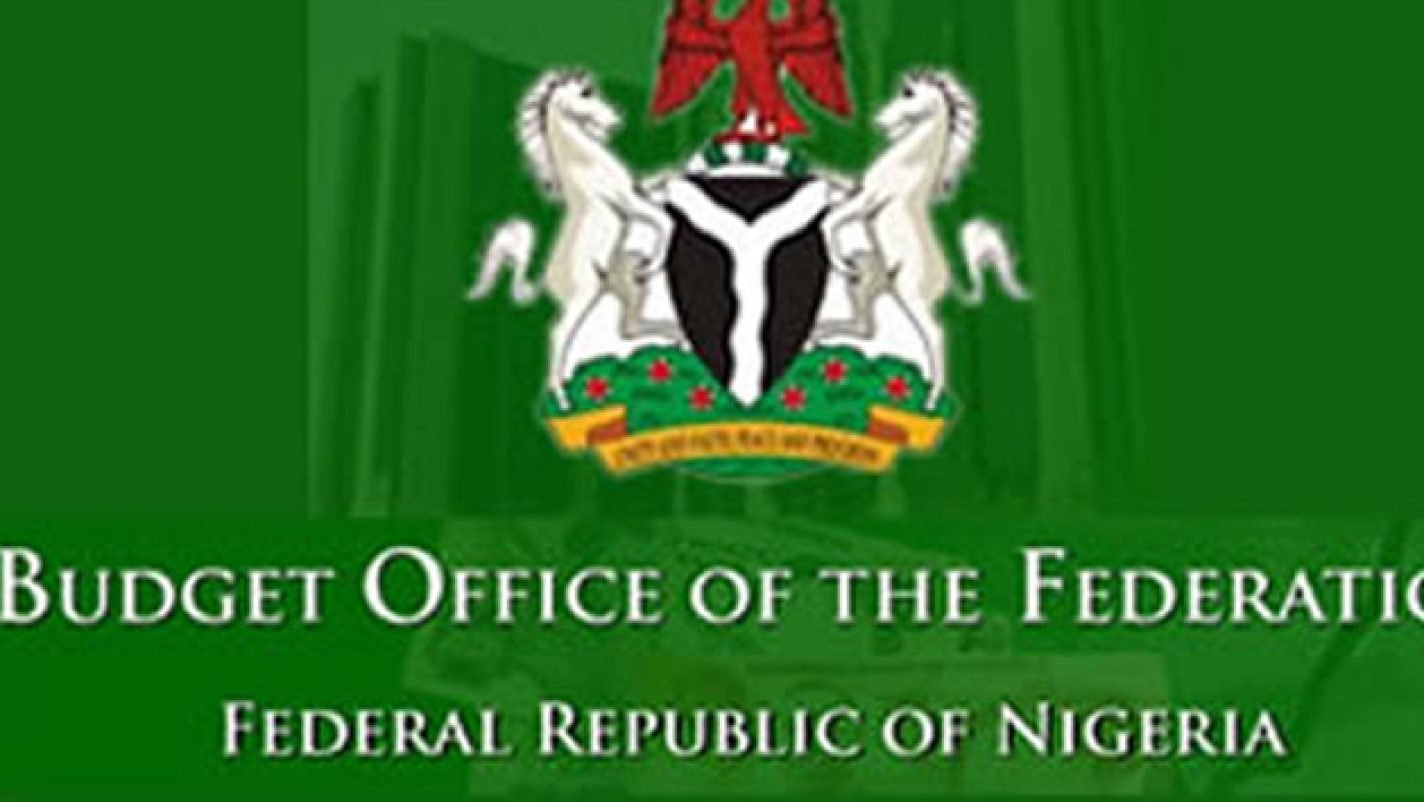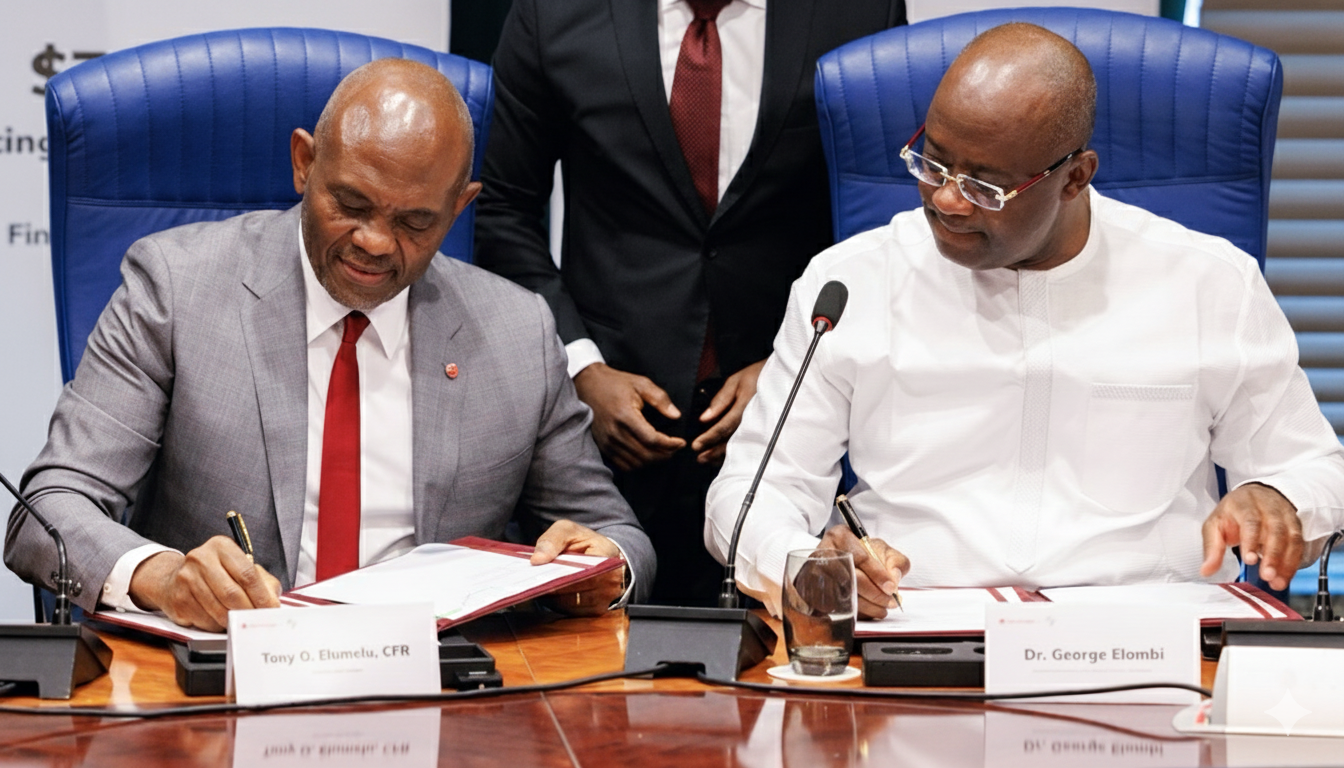Nigeria’s fiscal deficit widened sharply to N13.51 trillion in 2024, exceeding the government’s official target and breaching the 3% legal ceiling set by the Fiscal Responsibility Act (FRA) 2007, according to the latest report by the Budget Office of the Federation.
The ballooning deficit underscores the government’s deepening struggle to rein in spending and shore up revenues amid slowing economic growth and rising debt obligations.
The 2024 Fiscal Framework initially projected a quarterly fiscal deficit of N2.29 trillion, excluding Government-Owned Enterprises (GOEs) and project-tied loans worth N262.98 billion.
Also Read:
- IMF Warns of Nigeria’s Widening Fiscal Deficit Amid Falling Oil Prices in 2025
- Nigeria’s Oil Earnings Drop 22% to ₦3.9 Trillion in Q4 2024 as Budget Targets Missed
- Nigeria Spent $2.86billion External Debt Servicing From January - August 2025 - CBN Data
- Debt Servicing Accounted for $2.8 Billion of $4.36 Billion Foreign Payments in 2024
However, actual figures far surpassed expectations as fiscal pressures escalated throughout the year, driven by weak non-oil revenues, rising fuel subsidies, and high recurrent expenditures.
According to the Budget Office, “inflows and outflows of funds during the fourth quarter resulted in a deficit of N7.17 trillion — a staggering N4.88 trillion or 212.68 per cent higher than the prorated budget projection for the period.”
This sharp rise pushed Nigeria’s total fiscal deficit to N13.51 trillion for the full year, equivalent to 3.62% of Gross Domestic Product (GDP), surpassing the FRA’s 3.0% limit.
Borrowing Deepens to Bridge Fiscal Gap
The report showed that the widening deficit was financed through heavy borrowing across multiple channels. “The deficit was financed through N1.98 trillion Multi-lateral/Bilateral Project-tied Loan, N6.06 trillion Domestic Borrowing, N3.37 trillion Foreign Borrowing and N3.19 trillion Budget Support,” the Budget Office disclosed.
The data reflects Nigeria’s growing dependence on both domestic and external borrowing to fund its ambitious spending plans. Analysts warn that continued borrowing without commensurate revenue growth risks amplifying the country’s debt sustainability concerns and limiting fiscal flexibility in 2025.
Debt Burden Climbs
According to the Debt Management Office (DMO), Nigeria’s total public debt rose to N152.40 trillion as of June 30, 2025, up from N149.39 trillion in March.
In dollar terms, the debt stock increased from $97.24 billion to $99.66 billion, marking a 2.49% quarterly rise.
Nigeria’s creditors include countries such as China, France, Germany, and Japan, alongside multilateral lenders like the World Bank, African Development Bank (AfDB), and Islamic Development Bank (IsDB).
Domestically, the government continues to issue FGN Bonds, Treasury Bills, Sukuk Bonds, and Green Bonds to raise funds for budget support and capital projects.
IMF Flags Rising Deficit Risks for 2025
The International Monetary Fund (IMF) projects that Nigeria’s consolidated fiscal deficit will rise further to 4.7% of GDP in 2025. The Fund attributes the outlook to lower oil prices and production, coupled with already reduced capital expenditure levels.
According to the IMF report, “In the baseline, staff projects a consolidated fiscal deficit of 4.7 per cent of GDP in 2025. This is higher than the budget, owing to lower oil prices and production, and already reflects lower-than-budgeted capital expenditure.”
The projection highlights the mounting fiscal risks confronting Africa’s largest economy as it struggles to balance growth with debt management.
Outlook
Nigeria’s fiscal strain in 2024 reflects persistent structural weaknesses, heavy reliance on borrowing, limited non-oil revenue diversification, and weak fiscal discipline.
Unless bold reforms are implemented to expand the tax base and rationalize spending, fiscal sustainability may remain elusive.












